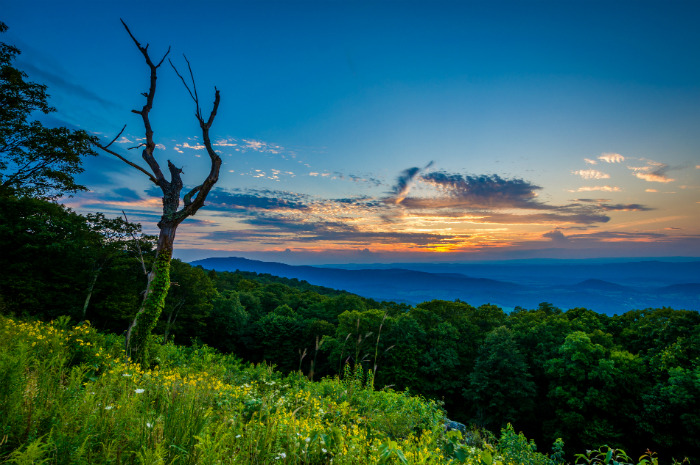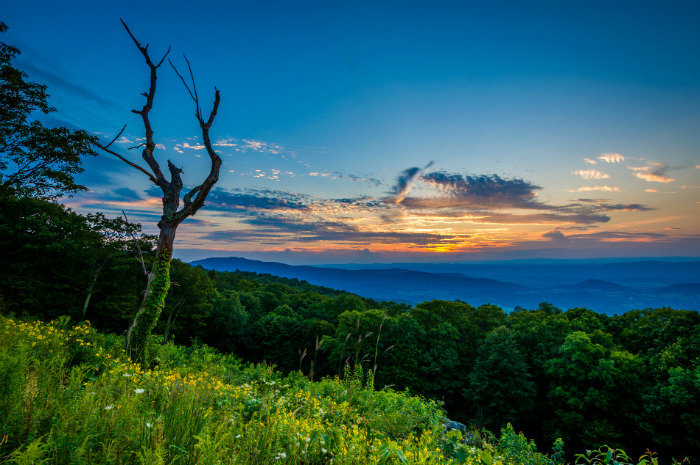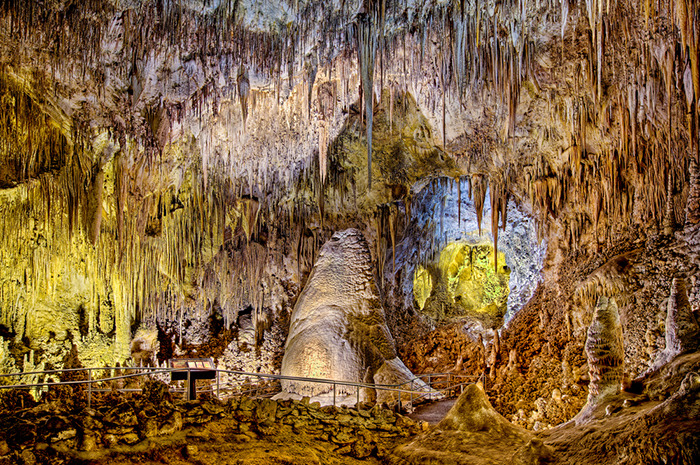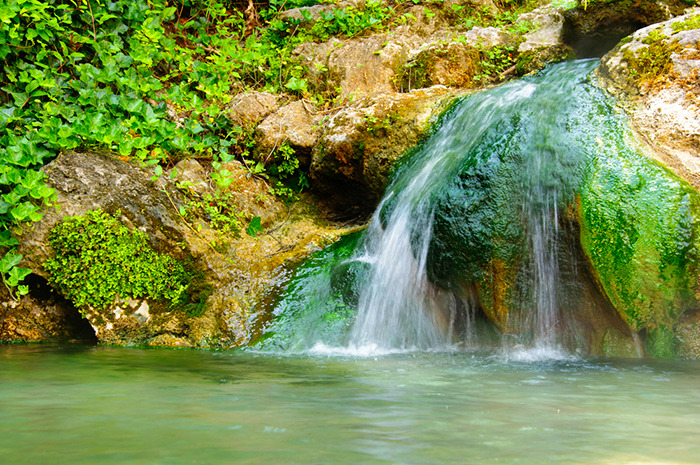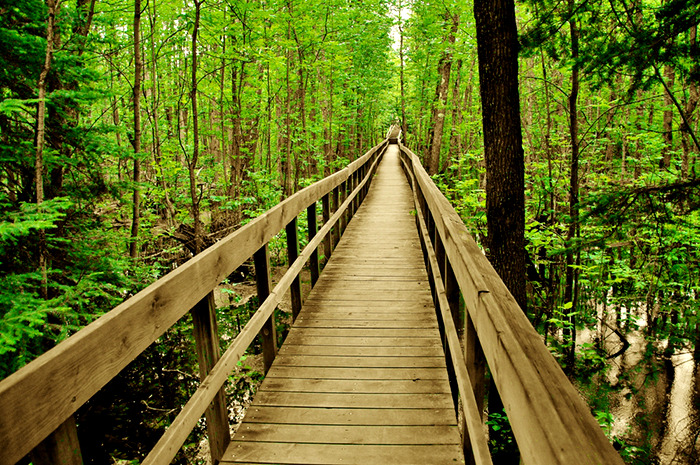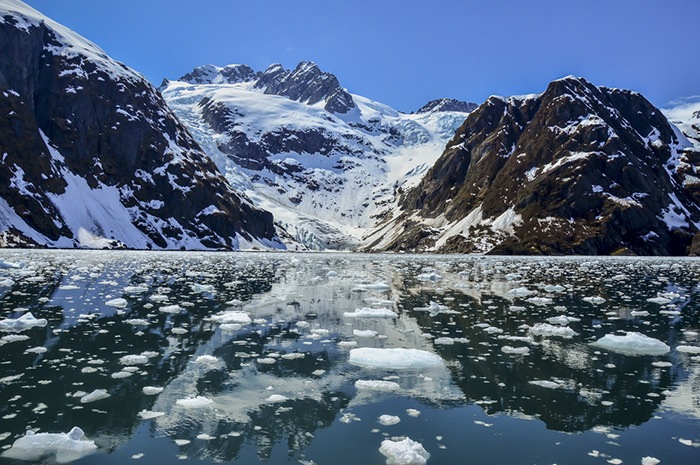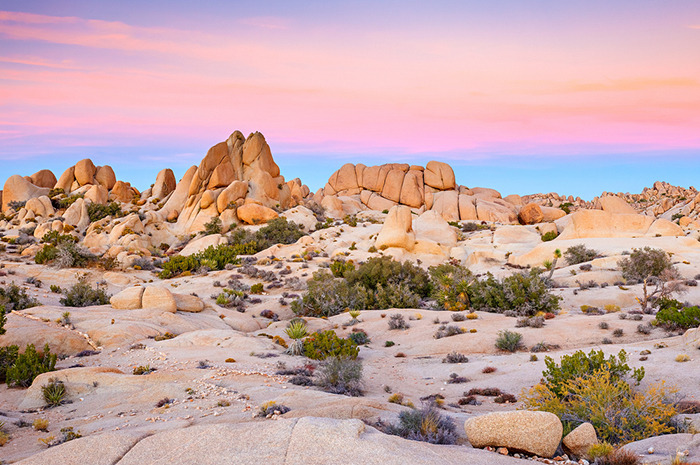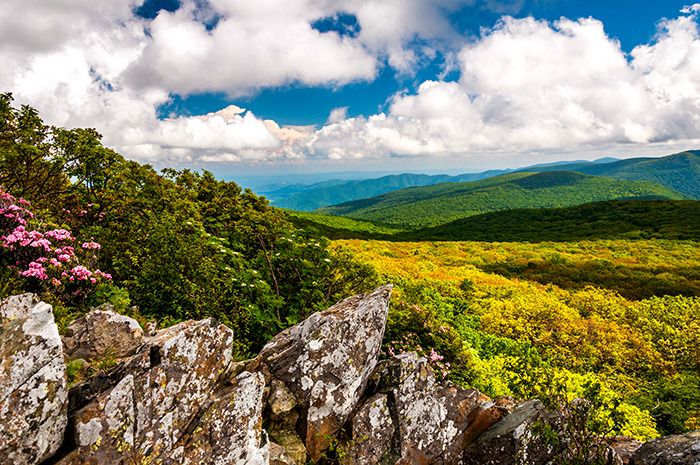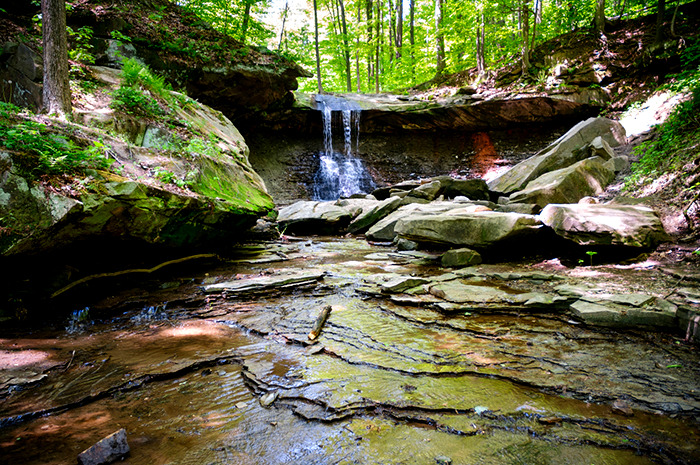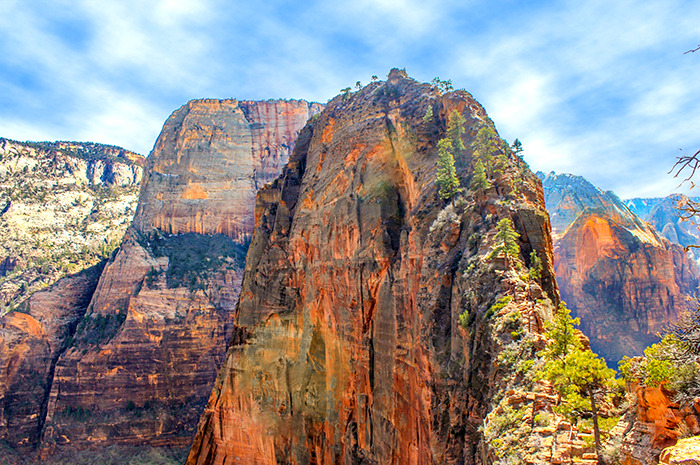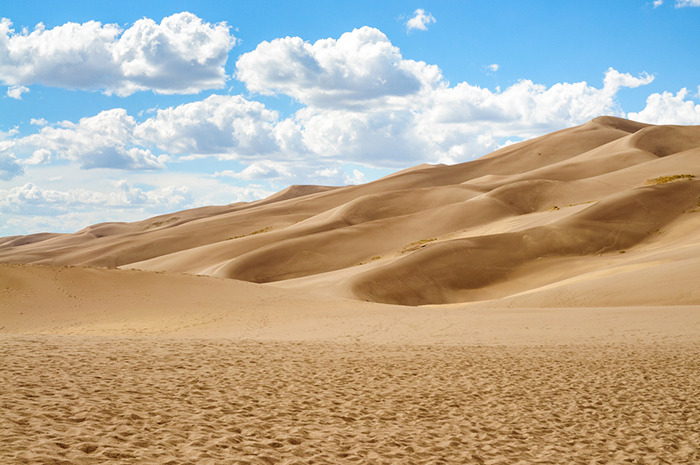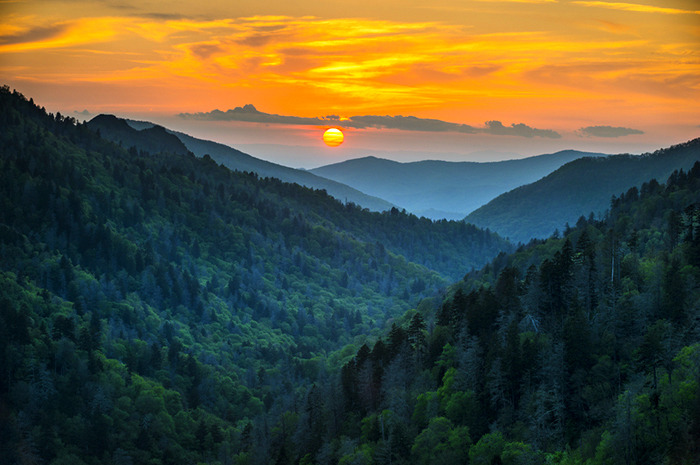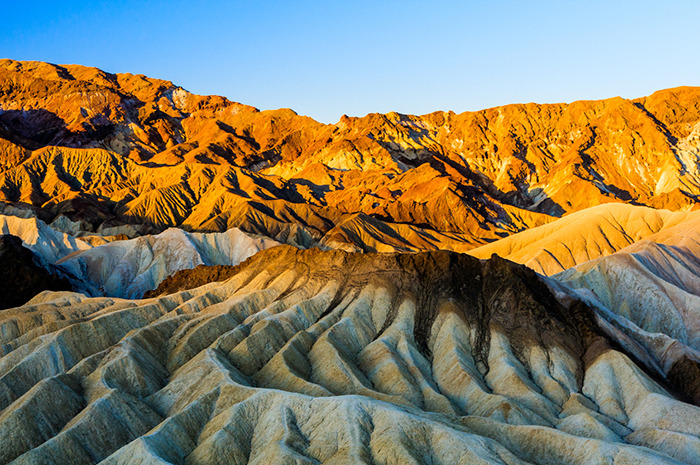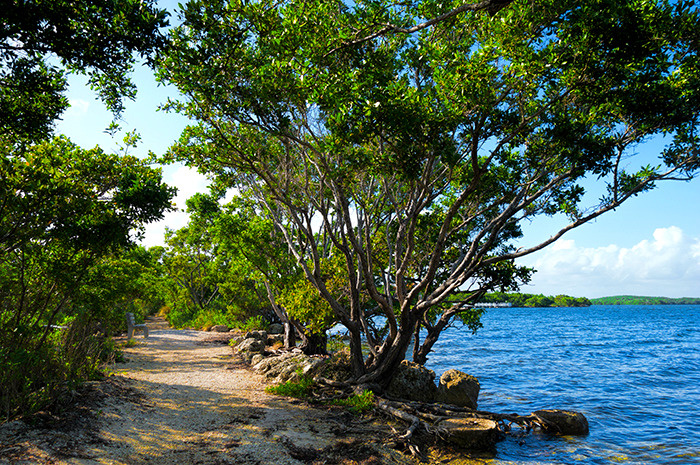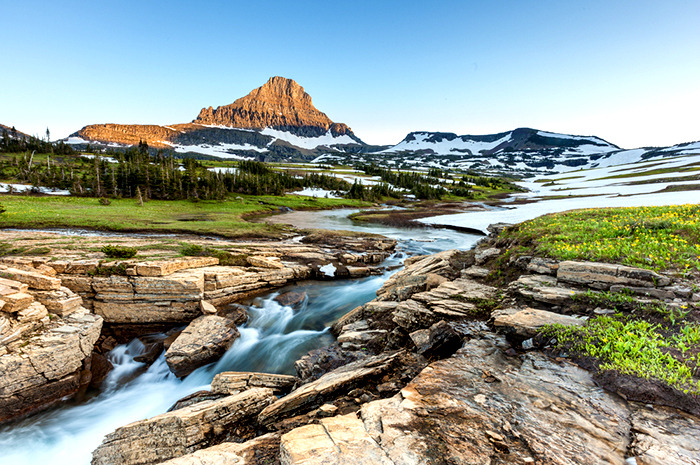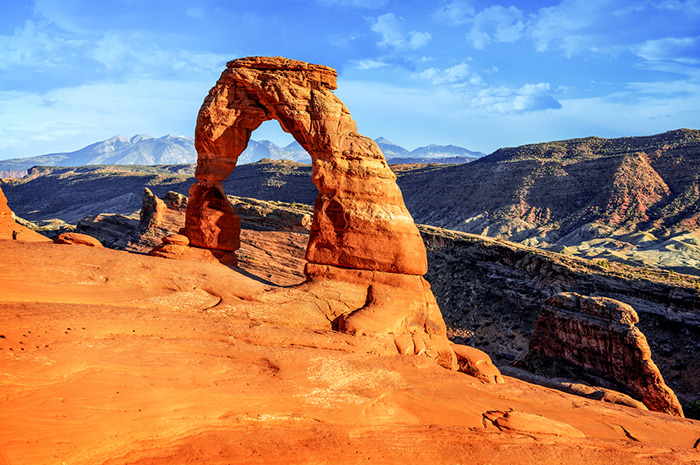Most Amazing National Parks To Visit In The Spring
Most Amazing National Parks to Visit in the Spring
Now is the time for people to emerge from their winter hibernation and discover new places and adventures. Some parks reach their peak this season – when crowds are just right, wildflowers are blooming and wildlife is moving. All of these are ideal conditions to enjoy the great outdoors.
Carlsbad Caverns National Park, New Mexico
Explore a whole new world over 700 feet below the ground made up of 117 known caves. Spring is the time to go for the best chances to see bats. The park is best known for protecting the 3rd and 7th largest cave chambers in the world. Opportunities for hiking and backcountry camping are also available with permits. The park is also known for its star party events and night sky programs.
Hot Springs National Park, Arkansas
Its nickname is "The American Spa." The healing and soothing thermal waters have not been preserved in their originally natural state, but now are conserved for the production of water for public use. Most of the park is adjacent to the streets of the city, Hot Springs. Now is the time to visit before the southern heat takes over in the coming months. There are more than 25 miles of trails boasting stunning wildlife and creeks.
Voyageurs National Park, Minnesota
Believe it or not the park is most accessible in the spring because a third of it is made of water. Explore the area to see some of the oldest exposed rock formations in the world. The topography of the park is rugged and varied; rolling hills are interspersed between bogs, beaver ponds, swamps, islands, small lakes and four large lakes. Consider this park if you're looking for peace of mind, isolated camping and a copious number of water activities.
Kenai Fjords National Park, Alaska
If you're not ready for the ice to melt yet, visit the Kenai Fjords National Park. The icebergs and glaciers there are majestic year-round. Tidewater glaciers like Holgate Glacier are sure to impress as they calve off into Resurrection Bay. The Harding Icefield offers a challenging 3.5-mile hike, rewarded by endless views of the ice fields. Spring is the time to visit if you want to witness gray whales coming back to Alaska. Now is also the time to see how black bears live in their natural environment.
Joshua Tree National Park, California
The park, larger than the state of Rhode Island, is home to both the Mojave and Colorado Deserts. Set at different elevations, these deserts have their own unique ecosystems with diverse species of plants and animals. The different elevation throughout the park cause flowers to bloom at different times, with the low elevation flowers blooming earlier than higher elevation flowers. Catch a glimpse of the Desert Five-Spot or the Teddy Bear Cholla at the low elevation of Pinto Basin and head to higher ground to see blooms in April and May.
Shenandoah National Park, Virginia
A quick 75 miles from the epicenter of Washington D.C., Shenandoah National Park offers visitors 200,000 acres of pristine mountains, waterfalls and wildlife. Visit in the spring to catch the waterfalls at their most powerful and hike a section of the Appalachian Trail in comfortable 50 to 60-degree weather.
Grand Canyon National Park, Arizona
You won't find similar mixtures of color and erosional formations anywhere else. The canyon is 277 river miles long, up to 18 miles wide, and about a mile deep, according to the NPS. The temperatures are too overwhelming in May, so now's the time to see the national park in all of its might and beauty. Hiking, biking, overnight backpacking, and trips along the canyon rim are all available.
Cuyahoga Valley National Park, Ohio
Feel the beauty of serenity in a land of rivers, farmlands, and hills. Visit in the spring to witness stunning wildflowers and waterfalls. The park, which is a short drive from the major metropolitan areas of Cleveland and Akron, provides its visitors with the opportunity to see native plants and wildlife. Go biking; explore over 125 miles of hiking trails, go canoeing and golfing.
Zion National Park, Utah
The scorching temperatures of summer can make it hard to enjoy all the park has to offer. Whether visitors come for hiking, canyoneering or sightseeing, the moderate spring climate saves most from heat exhaustion. Spring guests get to experience waterfalls at their most powerful and can see a bit of greenery, which is a striking contrast against the red-orange rock that is so abundant in the park.
Great Sand Dunes National Park, Colorado
This is where you'll find the tallest dunes in North America, some as high as 750 feet! And if you think that's impressive, imagine hiking them. Spring is the time to go because the sand doesn't get too hot during the day and sandboarding is an option. Camping is allowed anywhere in the 30-square-mile dunefield outside of the day use area. Paddle in Medano Creek, a visitor favorite, around the dunes.
Great Smoky Mountains National Park, Tennessee/North Carolina
The Great Smoky Mountains is the most visited national park in the country. People come for the more than 800 miles of recreation trails wind through breathtaking scenery and beautiful wildflowers. In fact, the park is home to the largest number of flowering plants of any park in the country—more than 1,600 different species.
Death Valley National Park, California
You obviously don't want to go to the hottest place on the planet in the summer, when temperatures can easily reach 120 degrees. The spring is the best time to visit Death Valley Park because it's comfortably warm. You can enjoy the beautiful borders and out-of-this-world sand dunes and peaks without having to worry about heat stroke. Visit in the spring to see some amazing wildflowers bloom.
Biscayne National Park, Florida
Temperatures are around 80F, making the park in Florida a quick getaway for people living in neighboring, colder states. And it's close to Miami, so you can kill two birds with one stone. The park is just 5 percent land. You can see evidence of 10,000 years of human history, from shipwrecks to pineapple farmers. Go snorkeling, diving, boating, fishing, camping, picnicking and wildlife watching.
Glacier National Park, Montana
Though Glacier National Park is normally chilly in the spring, it is the best time to visit. The 700+ miles of hiking trails and abundance of wildlife are best experienced when the crowds are sparse. Bears, moose, elk, goats and sheep roam on more than 1 million acres, sharing the land with more than 1,000 different species of plants.
Arches National Park, Utah
March through April is the busy season at the Arches but it's worth the trip. You won't regret visiting after either. Contrasting colors are just one reason why people are drawn to the park's beauty. Another is the more than 2,000 natural stone formations unlike anywhere else in the world. Visitors love the 3-mile round-trip trek to Delicate Arch and the Fiery Furnace Walks, which are a real gem.
